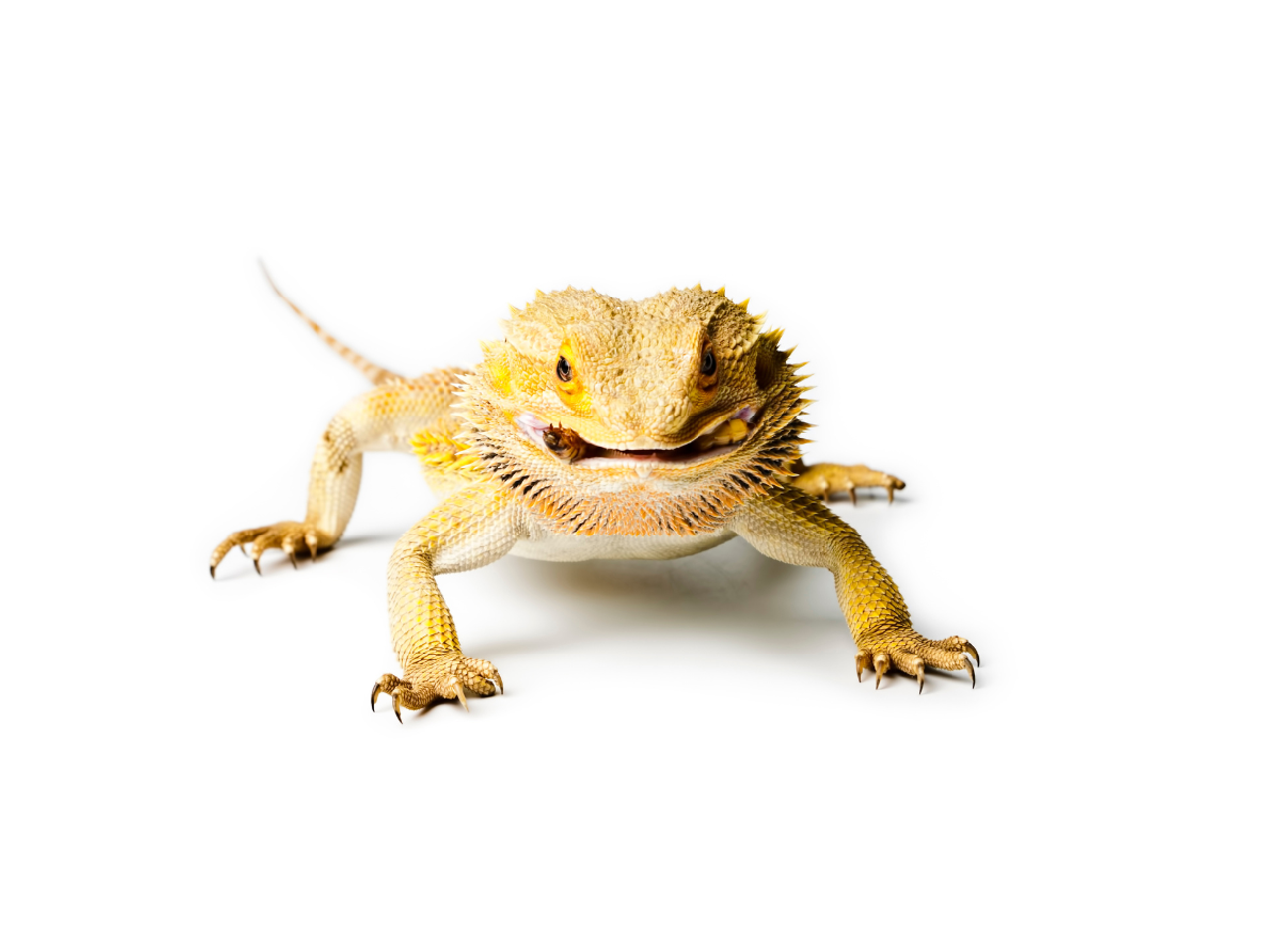Best Feeders for Fall
Posted by The Fluker's Team on Nov 17th 2025
Best Feeders for Fall: Keep Your Reptiles Happy and Healthy All Season Long
As the days grow shorter and the temperatures drop, your reptile’s needs can shift too. Cooler weather means slower metabolisms, less insect activity, and changes in how live feeders behave or ship. Whether you’re keeping a bearded dragon, leopard gecko, or amphibian, adjusting your feeding routine for fall can help maintain your pet’s health and appetite all season long.
At Fluker’s, we’ve been raising feeder insects for over 65 years, and we know which ones do better in chilly temperatures. Here’s our guide to the best feeders for fall to keep your reptile’s diet varied, nutrient-rich, and ready for the season ahead.
Dubia Roaches
Why they’re great:
Dubia roaches are hardy, high in protein, and more tolerant of cooler temperatures than crickets. They ship well during seasonal transitions and provide balanced nutrition with a healthy calcium-to-phosphorus ratio.
Fluker’s Pro Tip: Gut-load your Dubia with Fluker’s High-Calcium Cricket Diet or fresh veggies to boost their nutritional value before feeding.
Black Soldier Fly Larvae
Why they’re great: Black Soldier Fly Larvae (BSFL) are a fall favorite because they’re easy to digest and naturally rich in calcium. That means you can often skip the dusting powder. They’re also less active in cooler temps, making them easier to feed than other active feeders. Black Soldier Fly Larvae are great feeder options for Bearded dragons, leopard geckos, chameleons, frogs, and turtles.
Superworms
Why they’re great: As your reptile’s metabolism slows with the cooler weather, a little extra fat can help maintain energy. Superworms are high in both protein and healthy fats, making them a great supplemental feeder during fall.
Hornworms
Why they’re great: Hornworms are packed with moisture, which helps your pets stay hydrated when humidity drops indoors. Their bright color and movement also stimulate picky eaters by encouraging natural hunting and foraging behaviors. Hornworms are a great treat for Bearded dragons, monitors, chameleons, and other insectivores that need a hydration boost.
Crickets
Why they’re great: Crickets remain a staple feeder year-round for their activity and balanced nutrition. However, they’re more sensitive to temperature changes, so be sure to keep them warm and dry during fall months.
Fluker’s Pro Tip: Store crickets in a well-ventilated container between 80–85°F, and offer Fluker’s Orange Cube Complete Diet for easy hydration and nutrition. During shipping or colder weather, feeders may become dormant. We advise placing them under a gentle heat or light source to warm them up and restore activity before feeding.
Supplemental Diets
When temperatures drop below safe shipping levels, shelf-stable feeders are a reliable way to ensure your pet never misses a meal. Fluker’s Fresh Feeder Vac Packs and Freeze-Dried Insects, including crickets, mealworms, and river shrimp, make excellent backups that retain key nutrients and flavor. These convenient options are perfect for supplementing your reptile diet, especially during cold weather or unexpected shipping delays.
Seasonal Feeding Tips
Keep feeders warm: Store live insects in a warm, insulated space, around 80°F, to help maintain their activity and lifespan.
Support hydration: Offer moisture-rich feeders like hornworms or black soldier fly larvae (BSFL) to keep reptiles hydrated as indoor humidity drops.
Expect slower appetites: A mild decrease in appetite is normal during cooler months as some reptiles prepare for brumation.
Don’t skip gut-loading: Always gut-load feeders with nutrient-rich diets to ensure your reptile gets complete, balanced nutrition with every meal.

